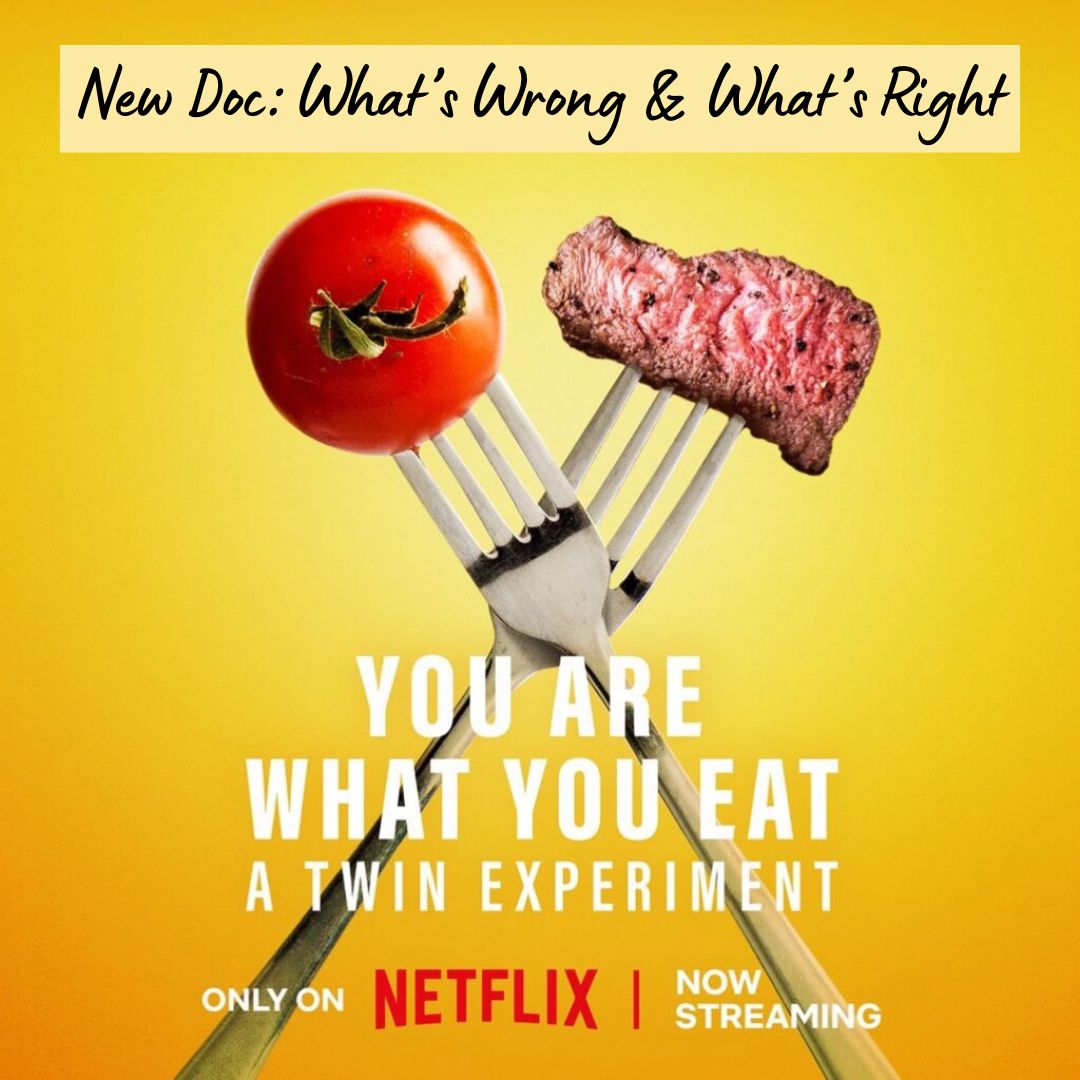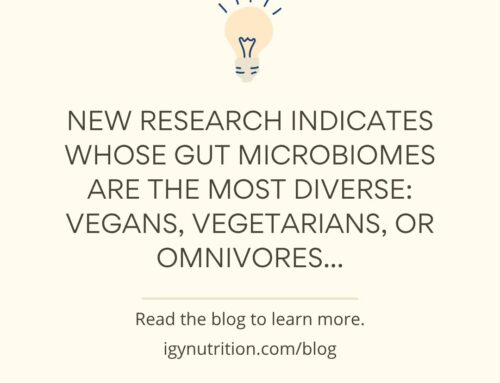Have you seen the recent documentary on Netflix called “You Are What You Eat: A Twin Experiment?” The documentary looks at how different diets affect sets of twins’ health.
The show concluded that a plant-based (vegan) diet is healthier than an omnivorous diet. While that may (or may not) be true, we can’t confirm that from this study. Why? Many scientists have identified shortcomings in the design of their study. Scroll down to decide for yourself!
Study Design: Barbie Dolls and The Independent Variable
Let’s run through a quick thought experiment before we jump into the documentary. Hang in there with us – this will be important.
Imagine your daughter’s birthday is coming up, and you’re trying to determine which type of Barbie doll she prefers to play with. You hypothesize that she likes blonde Barbies over brunette Barbies. To find out, you allow her to play with two groups of Barbie dolls – one group being blonde, the other being brunette – to see which group she plays with for the longest. Each Barbie doll is wearing a unique outfit from the other Barbies. Most of the blondes are wearing pink and most of the brunettes are wearing blue.
You find that your daughter plays with the blonde Barbie dolls significantly more than the brunette Barbie dolls. So, you assume she likes blonde Barbies more than brunette Barbies – right? Not necessarily!
Why? Since the blondes were typically wearing pink and the brunettes were typically wearing blue, you couldn’t know for sure whether your daughter enjoyed playing with the blonde Barbies because they were wearing pink or because of their hair color.
How would you know for sure that your daughter prefers blonde-haired Barbie dolls? Aside from their hair color, you would have had to make the Barbies identical to each other. AKA, you should have put all the dolls in identical outfits so that hair color is the only difference tested in your experiment. In science, we call this (the one detail that is changed) an “independent variable.”
Let’s look at the study design in the Netflix documentary and decide whether it incorporated an independent variable.
Their Study Design vs. Our Barbie Doll Study Design
The producers of the show designed the study. They aimed to find out how adhering to specific diets – namely, a healthy vegan diet and a healthy omnivorous diet – would affect their participants’ metabolic and cardiovascular health.
To control for genetic differences in the diets’ effects, the producers used twins in their study. Over eight weeks, one twin would eat the vegan diet while the other would eat the omnivorous diet. Several sets of twins were enrolled. Their metabolic and cardiovascular health markers were tested before and after the diet.
The vegan diet participants saw more significant improvements in LDL-C than the omnivorous group. LDL-C is an important cardiovascular health marker – having unhealthy levels is associated with heart attack risk, among other things.
So, it sounds like the vegan diet was healthier than the omnivorous diet, right? Not so fast! Let’s check to make sure there is an independent variable.
First – props to the producers for using twins. That controls for genetic differences between study participants. But was the diet the only thing that was changed between the groups? Not quite.
Where the Documentary Falls Short: No Independent Variable
Here’s where things get precarious. The participants following the vegan diet consumed fewer saturated fats and fewer calories than those following the omnivorous diet.
Think back to our Barbie doll thought experiment. How could we tell if our daughter preferred blonde Barbies if each group of Barbies wore different outfits? Maybe the outfits played a role in her doll preference. Similarly, in the documentary, how can we tell veganism made the difference in the participants’ LDL-C levels? Maybe it was the lower calories and saturated fats that affected the change.
Ideally, the producers would have controlled for calories and saturated fats – meaning they could have made both twins consume the same amount of calories and saturated fats. That way, we could see whether it was veganism itself that created the advantageous results.
Does this mean the documentary’s findings are useless? Not completely! We do see that people who eat vegan diets typically consume fewer calories and saturated fats than those who eat omnivorous diets. However, the keyword is typically – not “always.” Just keep in mind that you may be able to get the same effect while eating an omnivorous diet by cutting calories and saturated fats. We just don’t know for sure.
We hope you enjoyed this blog! Find more of us on Instagram @igynutriton.




